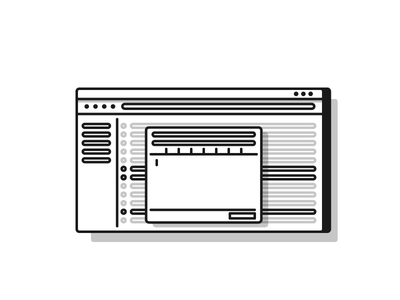SEO is not a one-size fits all methodology. It’s also not one-dimensional. To truly grasp what SEO is, it must be broken down into two fundamental elements. Those elements are design and copywriting. While one can exist without the other, it will be largely resigned to a vacuum effect. Just writing and publishing original content won’t bring up a website or blog’s rankings to the same level it would if the design also incorporated SEO.
Design
A website’s architecture or design must incorporate SEO elements. Otherwise, it will rely solely on content. If the content isn’t original, informative and packed with the right keyword density, the site is passed by during search engine indexing crawls. Therefore, to get the maximum benefit, a site must be optimize for search engine indexing.
There are a few design elements essential to make a website more index friendly. These include the use of jQuery rather than incorporating Flash, popluated meta tags, a comprehensive site map and placing new content on the home page–either the newest blog posts, the latest products or services or a combination of both. Without these elements, the website is considered static and Googlebot, along with Bing and Yahoo! crawlers won’t find a reason to index the site again on the next pass.
Copywriting
Common advice given to bloggers and website owners with blog incorporation is to publish a new post about one to three times a week. That’s about right, but without the design elements built into the site, it’s only accounting for half of the two necessary components. Publishing fresh content two to three times a week will definitely help. but only if the blog poster remembers to use internal linking and alt tags.
Internal linking is the practice of linking to other blog posts or pages on the same website. For instance, if a website sells premium and vintage wines, a new post ought to have a link to the online store or to a previously published post. Alt tags are the HTML equivalent of seeing-eye dogs. Indexing spiders can’t see an image, so it must be described in the alt tag HTML, like “1982 Silver Oak; Cab Sauv Alexander Valley bottle” or generically as, “vintage cabernet wine bottle”.
Additionally, guest posting on other blogs that are in the same industry will help bolster SEO copywriting. So long as the information is original and relevant, placing a back link–also called an inbound link–referring traffic will increase, thereby increasing the site’s visibility.
Other Factors
Of course, there is far more to SEO than design and copywriting. Functionality or usability also affects search engine optimization. If a site takes too long to load, the visitor might hit the back button before the page loads. This causes “bounce rates” to increase–a penalty in the world of optimization. Cross linking is likewise important for those with more than one website. Placing cross links on one site referencing another–so long as the sites are related to the same subject material–will also help to boost SEO.
To make your site more SEO design and copywriting friendly, phone or email us at CQuinn Design.

